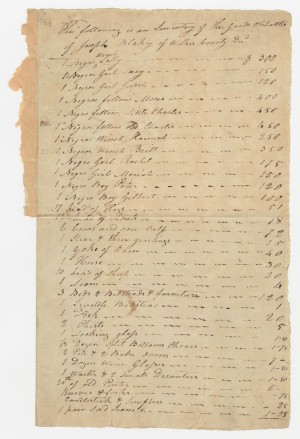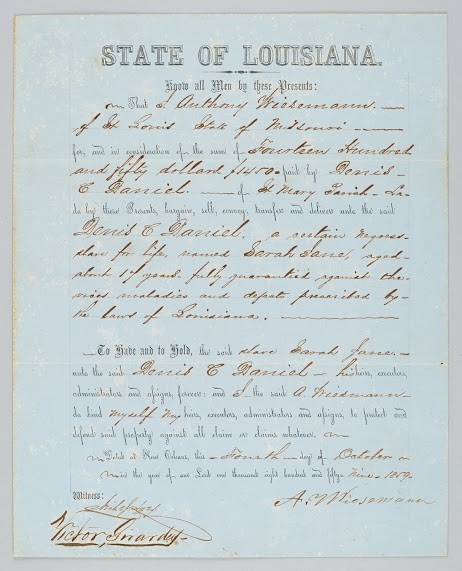 Professor Eric Foner of Columbia University is one of the preeminent historians working today. His Reconstruction: America’s Unfinished Revolution is a landmark book, and The Fiery Trial: Abraham Lincoln and American Slavery is considered a definitive look at the subject. His most recent book is called Gateway to Freedom: The Hidden History of the Underground Railroad.
Professor Eric Foner of Columbia University is one of the preeminent historians working today. His Reconstruction: America’s Unfinished Revolution is a landmark book, and The Fiery Trial: Abraham Lincoln and American Slavery is considered a definitive look at the subject. His most recent book is called Gateway to Freedom: The Hidden History of the Underground Railroad.
Dr. Foner (age 72) has taught a three-class unit on the Civil War for over three decades. This is his last year teaching the class, and he has partnered with edX to make them available online for free.
One helpful feature of these classes is that they provide undergraduate students—and the rest of us—a primary on how to question, interpret, and discuss the backbone of historical research: primary sources. I’ve taken the material and broken it up into a Q&A below. At the end, you’ll see an example of a primary source, some answers to some questions, and some links for you to try it yourself.
 What is a primary source?
What is a primary source?
A primary source is a document, image, or artifact that provides first-hand or eyewitness information about a particular historical person, event, or idea.
What are some typical examples of primary sources?
Typical examples include
- letters
- diaries
- newspapers
- photographs
- paintings
- maps
- oral histories
How can primary sources help historians?
Primary sources can help historians answer research questions and gather evidence to support their arguments.
For scholars, these materials—and the questions they raise—constitute the foundational elements of historical work. Interrogating primary sources is one of the fundamental tasks every historian must perform in order to craft a nuanced, contingent, and evidence-based argument.
How do different types of texts offer varying potential questions and answers?
Wills, financial records, and military accounts document the day-to-day functioning of a society.
Photographic albums, engravings, and printed ephemera provide glimpses into the iconography of a culture.
Personal belongings and correspondence beckon toward the intimate details of private lives, while mass-produced keepsakes blur the lines between historical evidence and pop-cultural kitsch.
What starting questions should one ask of a document?
When working with primary sources it is important to begin with a few observational and interpretive questions, which can often suggest future research directions.
- When was this source created? If the source is not dated, can you use any contextual clues to make an educated guess?
- Who created it? If no individual’s name is apparent, can you guess their position within society?
- What was the original purpose of this source? Why was it created and what was its intent?
- Who is the intended audience of the source? How does this influence the way information is presented?
- Is there anyone, besides the author, who is represented in the source? What can you learn about them?
- How has the meaning of the source changed over time?
- How might a historian use this source as a piece of evidence? What research questions might it help to answer? What story might you tell using this source?
Can you give an example?
The following (Cyrus Gordon – Abraham Lincoln Collection, 1846-1980, Columbia University, Rare Book & Manuscript Library) is a Bill of Sale from the State of Louisiana. You can click the image to enlarge it:
Using the questions above, the answers would be along the following lines:
- October 4, 1859
- Anthony Wiesemann of St. Louis, Missouri.
- This document is a bill of sale for a slave woman. This was a legal document meant to transfer property rights to this woman from Wiesemann to her new owner, Denis C. Daniel of St. Mary Parish, Louisiana for the sum of $1,450. [FYI: this is equivalent to $37,658.98 in 2014 dollars.]
- The primary audience for this document was the purchaser, Denis C. Daniel, and his heirs.
- This document also represents the subject of the sale, “a certain negress, slave for life, named Sarah Jane, aged 17.”
- While this source originally served as a legal document guaranteeing property rights, today it shows us how people were held and valued as property.
- A historian might use this document to show how the demand for slaves continued to grow in the years immediately before the Civil War.
These questions and answers are really just the beginning. If you go here, and scroll down to Week 3, you can see another document and some initial observations and questions from a historian of women and gender, an environmental historian, and a labor historian. Different questions, angles, and comparisons can lead to new discoveries and lines of inquiry.
How can I try this for myself?
To use the rubric above to look at primary sources from the Civil War era, go here, here, and here.
What are some further resources for learning more about the use of primary sources in historical research?
- Thomas Andrews and Flannery Burke, “What Does it Mean to Think Historically?” Perspectives on History 45, no. 1 (January 2007).
- Keith C. Barton, “Primary Sources in History: Breaking Through the Myths,” The Phi Delta Kappan 86, no. 10 (June 2005): 745-53.
- Sam Wineburg, Historical Thinking and Other Unnatural Acts: Charting the Future of Teaching the Past (Philadelphia: Temple University Press, 2001).



















